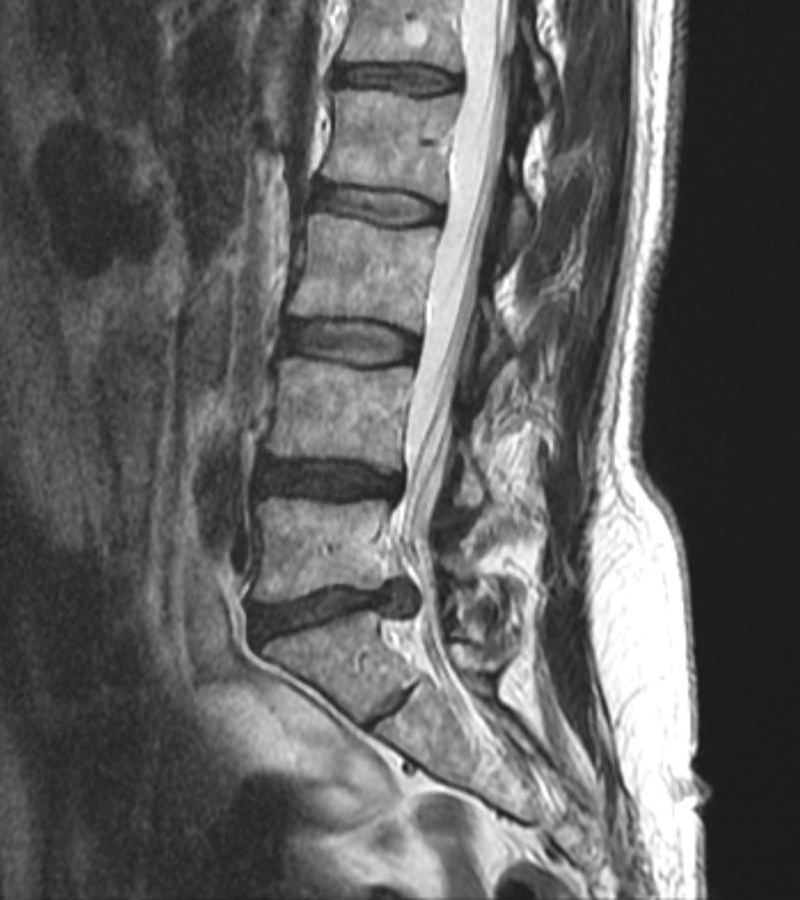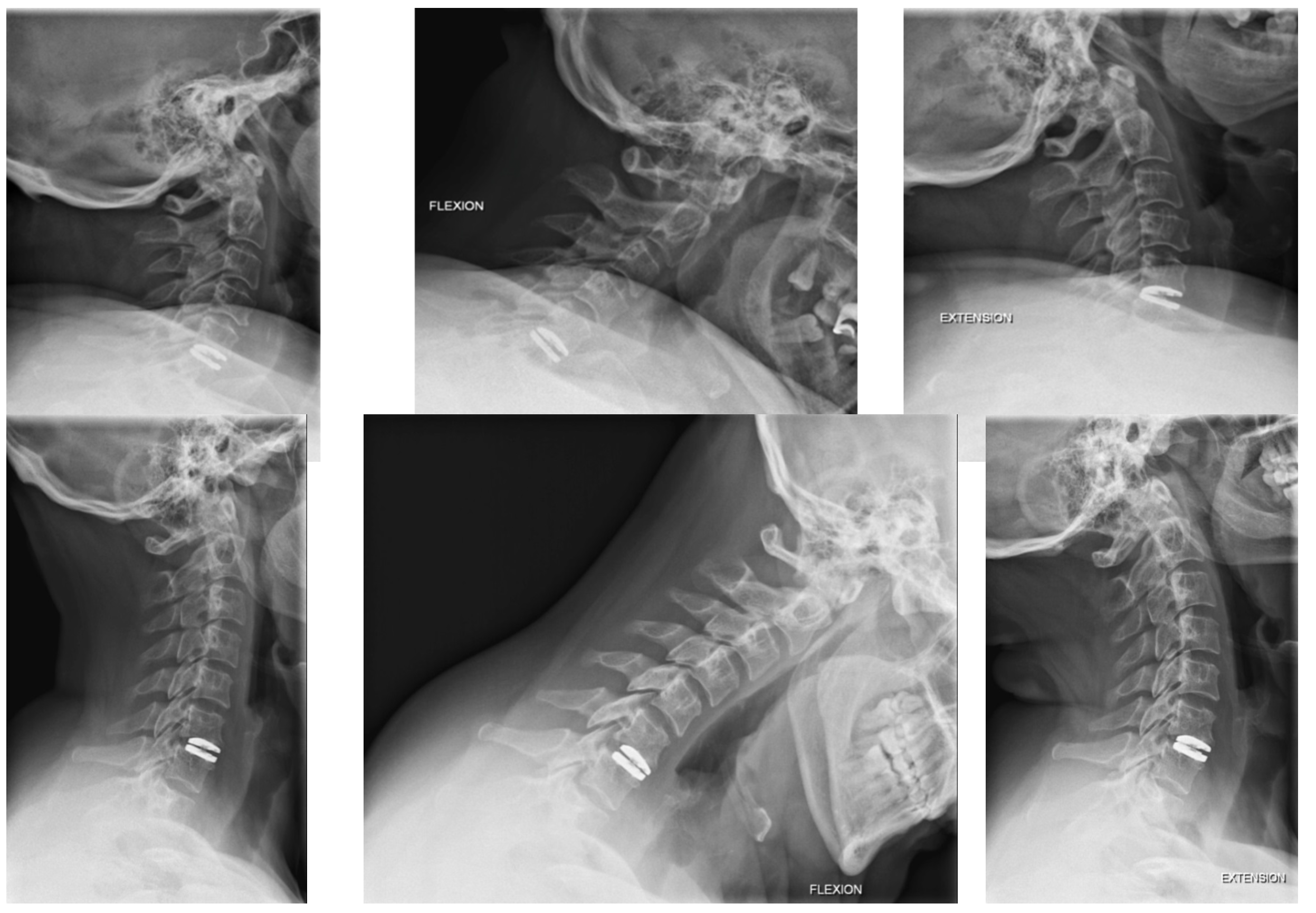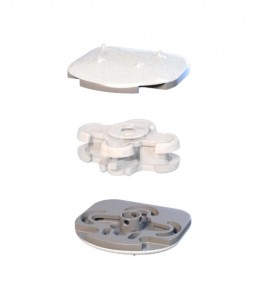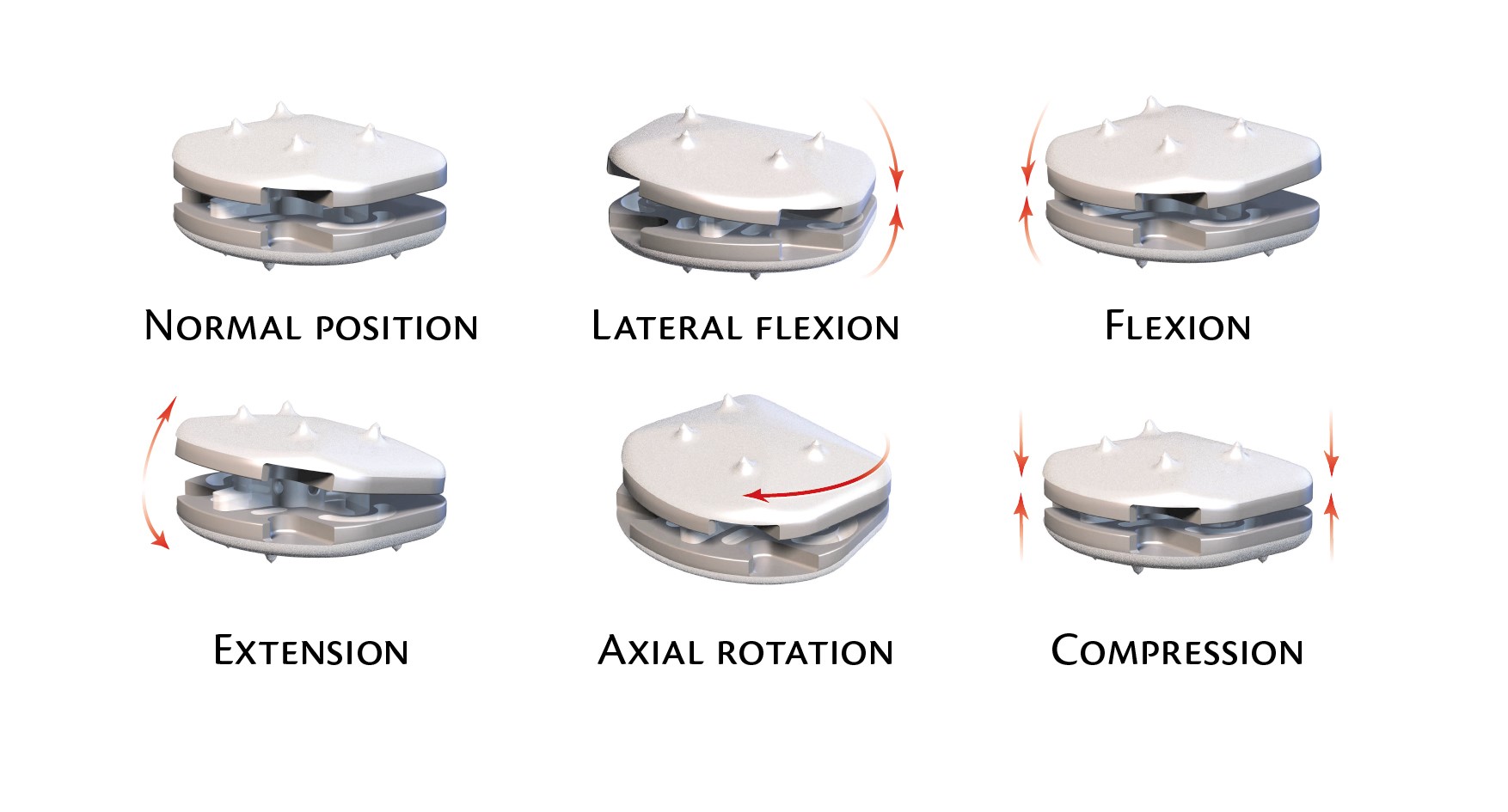⸺Spinal disc herniation ⸺
Cervical spine, thoracic spine, lumbar spine
Disc herniation is one of the most common conditions of the spine. The disc herniation sits between the vertebral body of the back and consists of an elastic sheath cartilage fiber and a gel-like core. In a herniated disc, disc tissue emerges between the vertebrae and can press on nerves in the area of the spine or the spinal cord that lies in the spinal canal. This causes pain and also dysfunction.

⸻ Spinal disc herniation
Symtoms
A herniated disc can occur in the lumbar spine, cervical spine and, more rarely, in the thoracic spine, and is diagnosed by the doctor as part of an MRI and/or CT scan. Herniated disc most commonly occurs between the ages of 30 and 50, with men twice as likely to be affected as women. Not every herniated disc causes long-term pain and functional impairment. On MRI scans, up to a third of adults have herniated disc without experiencing any symptoms. Scientifically proven risk factors that favor herniated discs include regular lifting of heavy loads, sports such as weightlifting and hammer throwing, and smoking.
In the lumbar spine, possible symptoms range from deep back pain to leg and buttock pain. In the cervical spine, neck, arm and shoulder problems may occur. Coughing, heavy lifting and bending can intensify the pain, and the mobility of the spine may be limited.

Conservative treatment
In order to treat a herniated disc long-term and sustainably, the causes or contributing factors must be eliminated. Therapy includes muscle building, weight control and muscle conditioning, especially in the area of the trunk and abdomen. Physiotherapeutic measures can support this. In the acute situation, pain medications and in the neck area also help the temporary resting position through a neck brace.
Surgical therapy
In patients with severe pain, and especially with neurological impairment, only surgical intervention often helps. This is carried out as minimally as possible and with microscopic support. Various techniques are available here. In general, in the case of a herniated disc, small accesses and short operating times allow for a rapid recovery of the patient and create the conditions for a rapid recovery. However, in the event of multiple herniated disc incidents and advanced wear, more complex surgical procedures are sometimes necessary to alleviate the patient's discomfort.
Illustration of the mobility of a disc prosthesis on the cervical spine:



